|
ALBRECHT DÜRER - MADRID - PAGE 2
|
Māori |
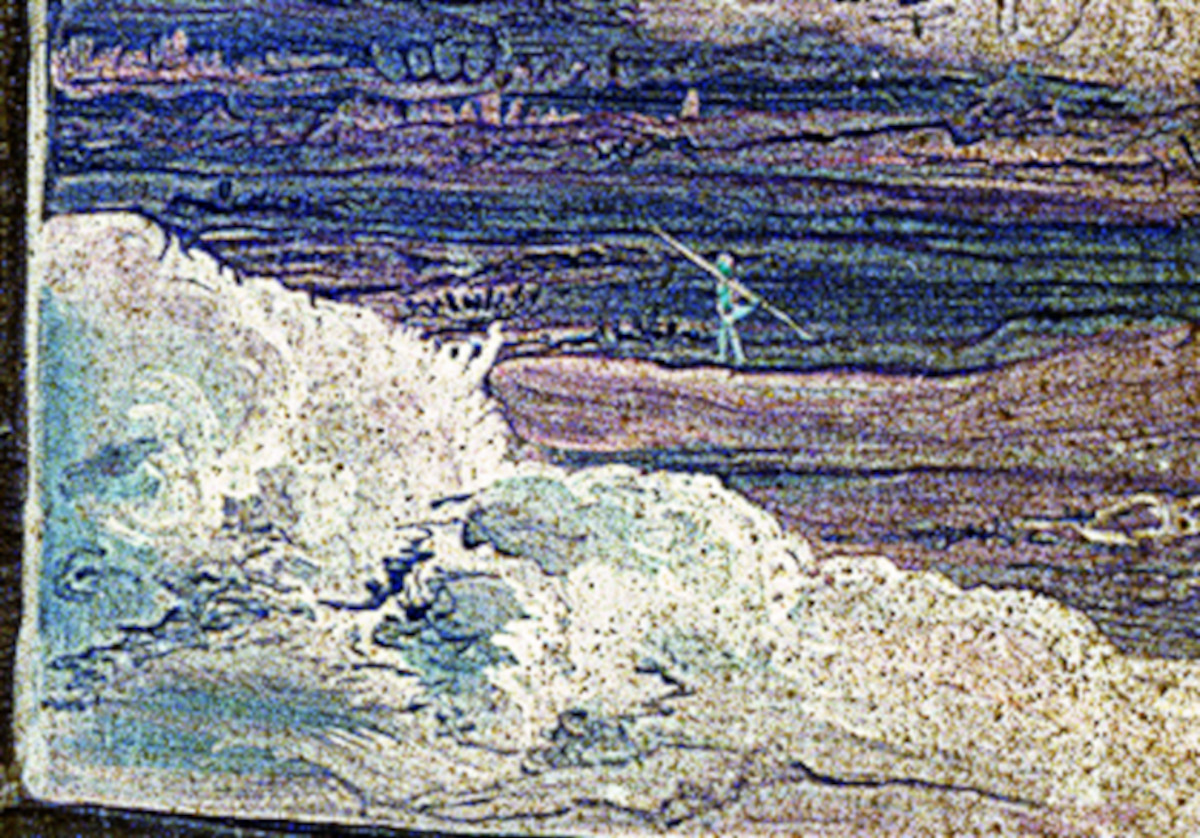 |
- Fishing.
- A season for all men.
- Te hopu tuna – eeling.
- Once the main source of fat and oil in the Māori diet, were readily available throughout New Zealand, and easily caught.
- Skinning an eel was just like taking off a rubber glove.
Eels were a vital food for Māori, who caught them using weirs built on rivers, or with traps, nets, spears and bait. Large numbers of eels were captured on their yearly migrations to the sea, and live eels were kept in cages or ponds as a ready food supply. (Basil Keane)
|
- Tire track eel.
- Magic Basil Eggs.
- They are naturally elusive;
'slippery as an Eel.'
Like all fishing, eeling was controlled by the maramataka (lunar calendar). One maramataka shows the first six and last seven nights of the moon as best for catching eels by torch light. Moonlit nights were poor for eeling. (teara.govt.nz)
|
- Longfin eel.
- Freshwater.
In one tradition Tuna came from Puna-kauariki, a
spring, in the highest heavens. The families in the
spring were Para (frostfish), Ngōiro (conger eel),
Tuna (freshwater eel) and Tūere (hagfish or blind
eel). The waters of the heavens dried up, and this
group made their way down to Papatūānuku (the earth).
Tuna remained in fresh water, but Para, Ngōiro and
Tūere all went to the sea.
In another story Tunaroa, the father of all eels, molested Hina (Sina in Samoan), wife or eldest sister of Maui, as she bathed in a pool. Maui attacked Tunaroa, cutting his body to bits. Tunaroa’s tail landed in the sea and became the conger eel, his head landed in swamps to become freshwater eels, and smaller pieces turned into lamprey and hagfish. Tuna are a recurring motif in traditional carvings at marae throughout Aotearoa, and in waiata and whakatauaki. (theprow.org.nz)
|
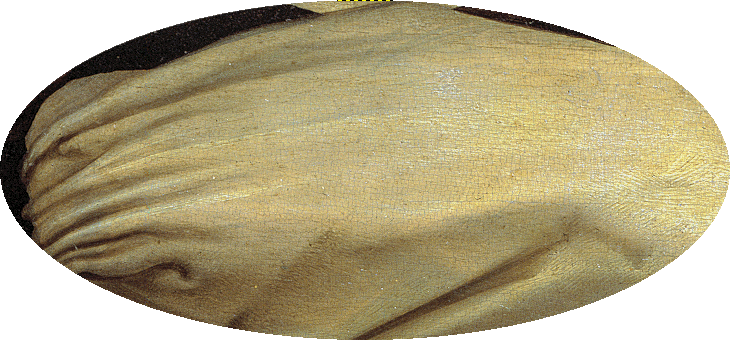 |
- European anguilla eel.
-
Critically endangered.
- 'Siren of the North Sea’ and ‘Love’s Arrow on Earth.'
-
Lurking in the shadowy depths of the seas, travelling thousands of miles from fresh water streams to vast saltwater oceans in order to spawn
but no one knows where or how.
People caught eels in brooks, rivers, lakes, the sea. They also caught them, inexplicably, in ponds that dried out and refilled each year, and that had no access to other bodies of water. They couldn’t help but notice that the creatures seemed to have no ovaries, no testicles, no eggs, no milt. That they were never observed to mate. That they sometimes seemed to issue from the earth itself. (newyorker.com)
|

Eel stages |
- Eels are bony fish, easily recognizable because of their snake-like appearance.
- They can live in both salt water and fresh water, and certain species migrate between the two, though the first and final stages of their lives take place in the sea.
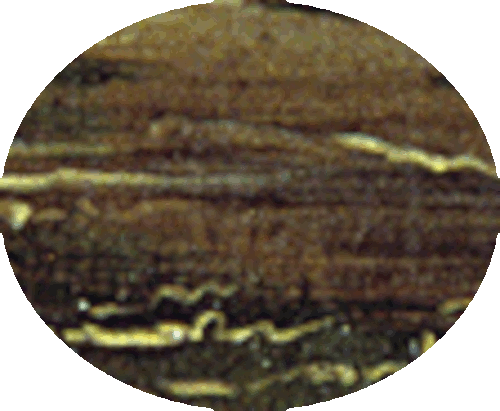
Eel play |
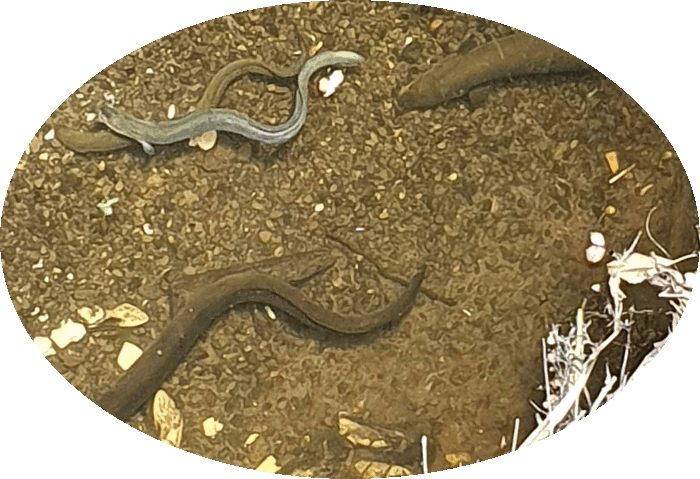
Real Eel play |
-
The Mysterious, Vexing, and Utterly Engrossing Search for the Origin of Eels.
The Anguilliforme family of fish, which includes
over 800 different species of eels, is found all over
the world. The eel life cycle is extremely
fascinating, and it starts with lengthy migrations
after starting as floating larvae. Eels are predatory
fish that may live up to 80 years. (nzgeo.com)
|
- The number and health of eels in a river were protected with
Māori – talismans, usually stones.
- The decline of the eel population
brought the accompanying loss of a way of life.
- No one
has found a way to breed the eel in captivity nor do they
understand how it propagates.
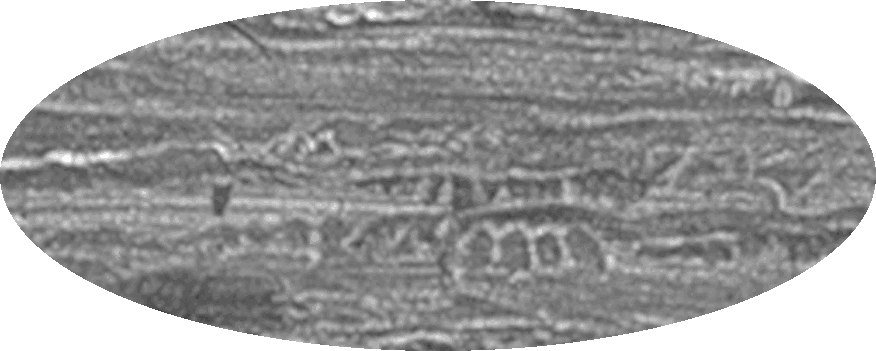
Eel weir
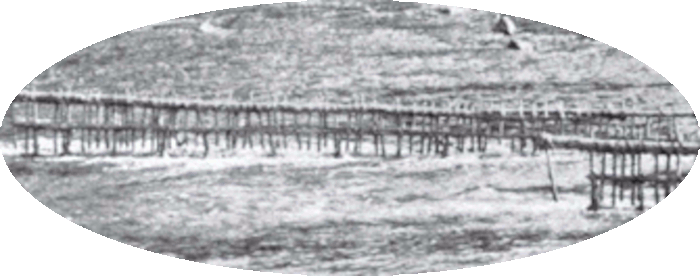 |
- TA pa tuna, or eel weir, on
the upper reaches of the Wanganui River : [1918] -
Christchurch City Libraries Legacy Photograph Collection.
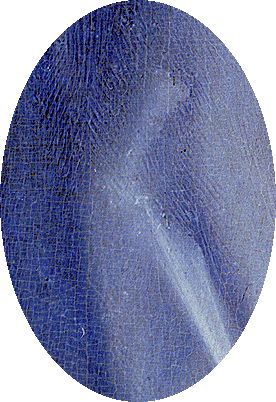
Fishing weir |
- The Political Economy of Fishing Rights and Claims.
In the 19th century, European settlers removed pā tuna to make rivers more navigable, leading to conflict with Māori. In the 1880s, there were more than 350 pā tuna and 92 utu piharau (lamprey weirs) in the Whanganui River. Between 1886 and 1888 over 500 tribal members petitioned the government to save their weirs – but by the turn of the century, almost all were gone. (teara.govt.nz)
|
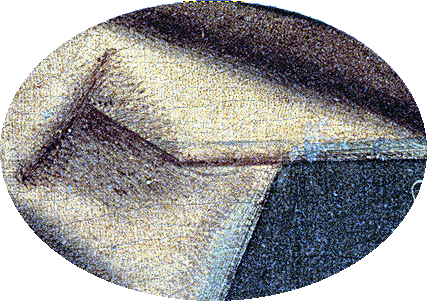
Gannet Bird |
- Home to and the main breeding colony for Australian gannets.
- Red-billed gulls, great-winged petrels and white-fronted terns inhabit the island.
- Since there are no inhabitants on White island, nature took
over all 800 acres.
For millions of years, nine species of large, flightless birds known as moas (Dinornithiformes) thrived in New Zealand. Then, about 600 years ago, they abruptly went extinct. Their die-off coincided with the arrival of the first humans on the islands in the late 13th century, and scientists have long wondered what role hunting by Homo sapiens played in the moas' decline.
Did we alone drive the giant birds over the brink, or were they already on their way out thanks to disease and volcanic eruptions? Now, a new genetic study of moa fossils points to humankind as the sole perpetrator of the birds' extinction. The study adds to an ongoing debate about whether past peoples lived and hunted animals in a sustainable manner or were largely to blame for the extermination of numerous species. (science.org) |

King Shag |
- Te Kawau-a-Toru was a sacred bird known as king shag, also known as a cormorant, loyal to Kupe.
- One of the rarest birds in the world with a total population of less than 300 birds.
- One-third of the world’s shag species are found in New Zealand.

Fairy Martin
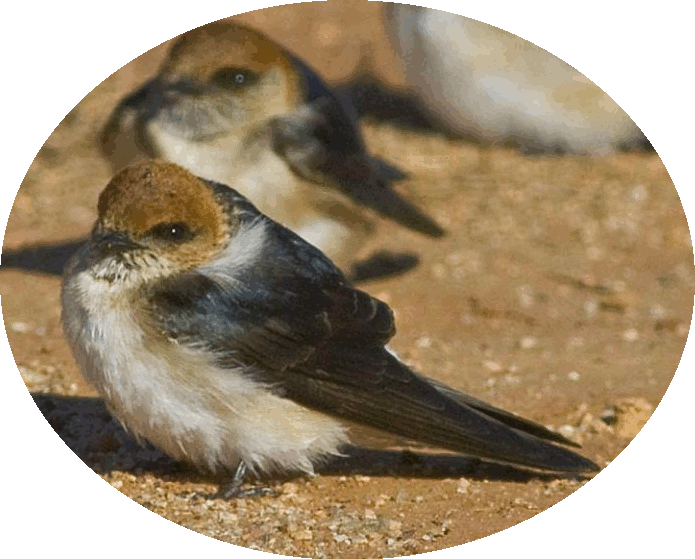 |
- Vagrant to New Guinea, New Zealand, Lord Howe Island and Tasmania.
- Fairy martins were first recorded from distinctive bottle-shaped mud nests found in southern Wairarapa in December 1978.

Fish variety |
- The island waters are well known for the fish such
as hapuka and bluenose fish. In the summer, several blue, black and striped marlin and yellowfin tuna
are found here.
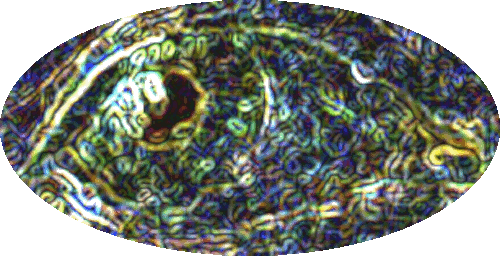
Neon tetra |
- Neon tattoos.
- Video on demand.

Freshwater shrimp |
- Paratya are New Zealand’s only
freshwater shrimp and can be found throughout the
country.
- Very good climbers.
- 666 shrimp.
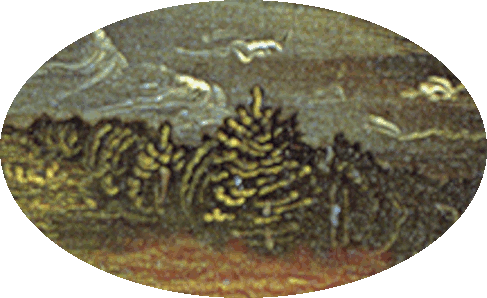
Sacred Tōtara tree |
- Tōtara (Podocarpus totara), ‘Tara’ is originally a Polynesian word meaning spiky or sharp and the word ‘tō’ refers to the tree’s height.
- The oldest living Tōtara is believed to be more than 1,800 years old.
- Its timber is durable, resistant to rot and straight-grained, perfect building material.
- The tree is now protected, and the use of its wood limited to that of dead trees.
"Their durability, their usefulness, their role in waka, their appearance - the red bark with redness being a sacred colour, the bark resembling the fabulous moko of a chief, the chiefliness of the tree growing in the forest." (Philip Simpson, Botanist and Author of "Tōtara")
Its antimicrobial properties have been used by the Māori to treat fever, asthma and coughs. Although these anti-inflammatory and antioxidant properties are mainly used topically for eczema, rash, anti-ageing creams, boils, toothpaste, sunscreen, shampoo, and soap, they are subject to the attention of modern scientific research. These antimicrobial substances do not develop in the tree until it is about 150 or 200 years old. (Anna Colina)
|
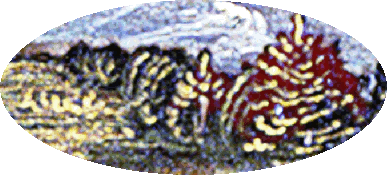
Kiwi Christmas tree |
- The Pōhutukawa tree (Metrosideros excelsa) with its crimson flower has become an established part of the New Zealand Christmas tradition.
-
Means "drenched with spray."
- Bottlebrush tree.
- The
Māori used the tree's timber for boat hulls, paddles, weapons, digging sticks, and spades.
- They are evergreen drought tolerant, and are favorites for seaside planting
in warm climates, can be invasive.
A gnarled, twisted pōhutukawa on the windswept clifftop at Cape Rēinga, near the northernmost tip of New Zealand, is of great significance to many New Zealanders. For Māori this small tree is known as ‘the place of leaping’.
It is from here that the spirits of the dead begin their return journey to their traditional homeland of Hawaiki. The spirits leap off the headland and climb down the roots of the 800-year-old tree, descending into the underworld. (nzhistory.govt.nz)
|

Nīkau
Kiwi
Palm trees |
- Nīkau palm is New Zealand's only native palm species.
- The tree has red fruits but unlike the coconut, it has no
nuts.
- From the outer portion of the trunk, Māori made storage containers and pots.
| Nīkau palms have always had importance in Māori life. The leaves were used to thatch houses, to wrap food before cooking, and to weave into hats, mats, baskets, and leggings for travelling through rough undergrowth. The growing spikes can be taken from the tree about every eight months without killing it. (doc.govt.nz) |
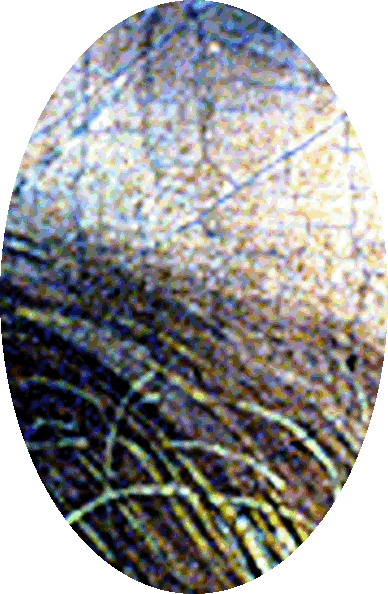
New Zealand flax (harakeke) |
- Growing throughout New Zealand in fertile wetlands.
- Common flax is found throughout the country, especially in wet areas.
- Mountain flax is found both at higher altitudes and along coastlines.
-
Used in soaps, hand creams, shampoos and a wide range of other cosmetics.
- Clothing, mats, plates, baskets, ropes, bird snares, lashings, fishing lines and nets were all made from flax leaves.
- Nectar from flax flowers was used to sweeten food and beverages.
She is mine own, And I as rich in having such a jewel As twenty seas, if all their sand were pearl, The water nectar, and the rocks pure gold.
(Shakespeare)
|
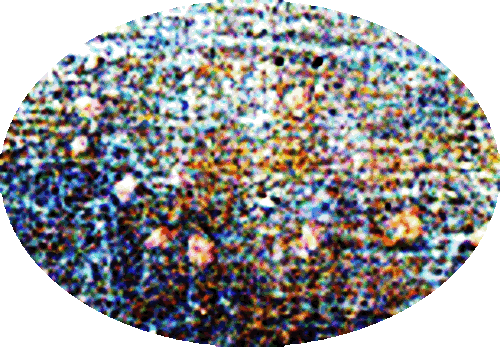
Gardenia |
- Tiare Māori, Gardenia, native to the south Pacific.
- National flower of the Cook Islands.
- Polynesians usually wear their tiare on the ear every day.
| This flower is an important symbol in Polynesian life and culture. A tradition is to make Tiare necklaces (“hei”) with many other flowers. Once ready, we crown locals and also tourists, plunging them directly into the Polynesian magic. (moanavoyages.com) |
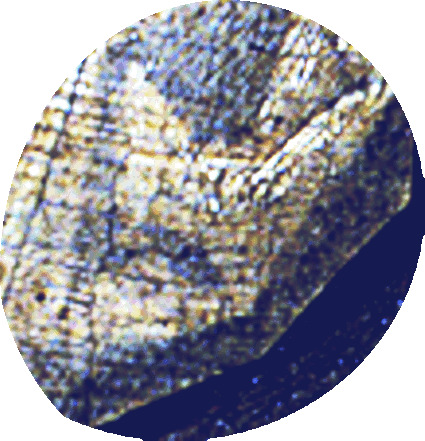
Kurī |
- A vital source of meat and fur, the Kurī was also a favorite pet of Māori chiefs.
- Kurī were a kind of dog that is now extinct.
- Dog skins were used for cloaks, and the bones were made into fish hooks and necklaces.
- White dog hair was tied to weapons
as distractions.
The guardian (deity or god) of kurī is Irawaru. The demigod Māui was angered at his laziness, and while he was snoring, Māui pulled his ears, nose and back into the shape of a dog.
It is said that the Polynesian explorer Kupe brought dogs with him to New Zealand, and left one dog waiting so long in Hokianga Harbour that it turned to stone.
In another account, a dog jumped from the Tokomaru canoe at night, and guided it to New Zealand’s shores by howling.
Two stone kurī were said to haunt Lake Taupō. If people in canoes mistook their noise for real dogs and called out to them, a storm would arise and they would drown. (teara.govt.nz) |
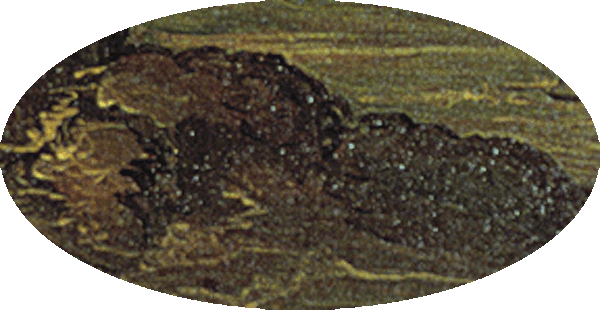
Otter |
- Waitoreke are commonly referred to as the South Island Otter.
- The Otter In New Zealand - Did Such An Animal Exist?
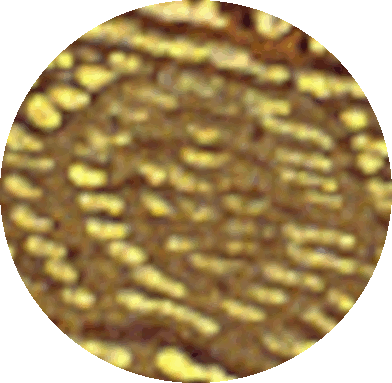
Koura - gold |
- Fluorspar.
- Spiny lobster.
- Freshwater crayfish.
- NZ podcasts.
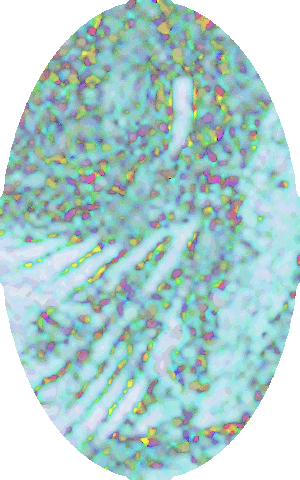
Tekapo
Turquoise Lake |
- Lake Tekapo gets its turquoise hue from "rock flour," also known as glacial flour.
- How Glaciers Turn Lakes Turquoise.
- Did Someone Paint That Lake Turquoise?
- Milky Way captured in the "Dark Sky Project" of Lake Tekapo.
- 9/11 BOATLIFT Story.
- 119 Trip Ideas.
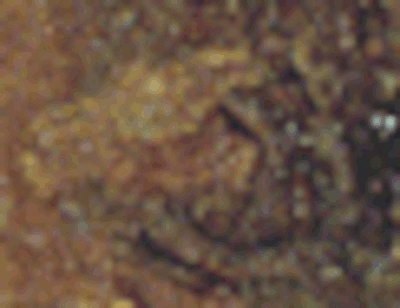
Mud fossils |
- The Fossils of New Zealand: Remnants of a Lost Continent.
- 3 million-year-old fossils found in South Auckland.
- Fossil bone study uncovers unknown animal species and Māori behaviours.
- Schoolkids in New Zealand discovered a new species of giant penguin.
- New Zealand discovery of fossilised 'monster bird.'
- Fossil Reveals Secrets of One of Nature’s Most Mysterious Reptiles.
- Fossil of Extinct Kiwi Species Found in New Zealand.
- A fossil discovery in New Zealand has revealed a new species of monk seal.
- First fossils of extinct native fish identified.
- Fossils reveal New Zealand's indigenous 'mouse.'
- FRED :: The Fossil Record Electronic Database.
- Mudfossil University.
|
|

